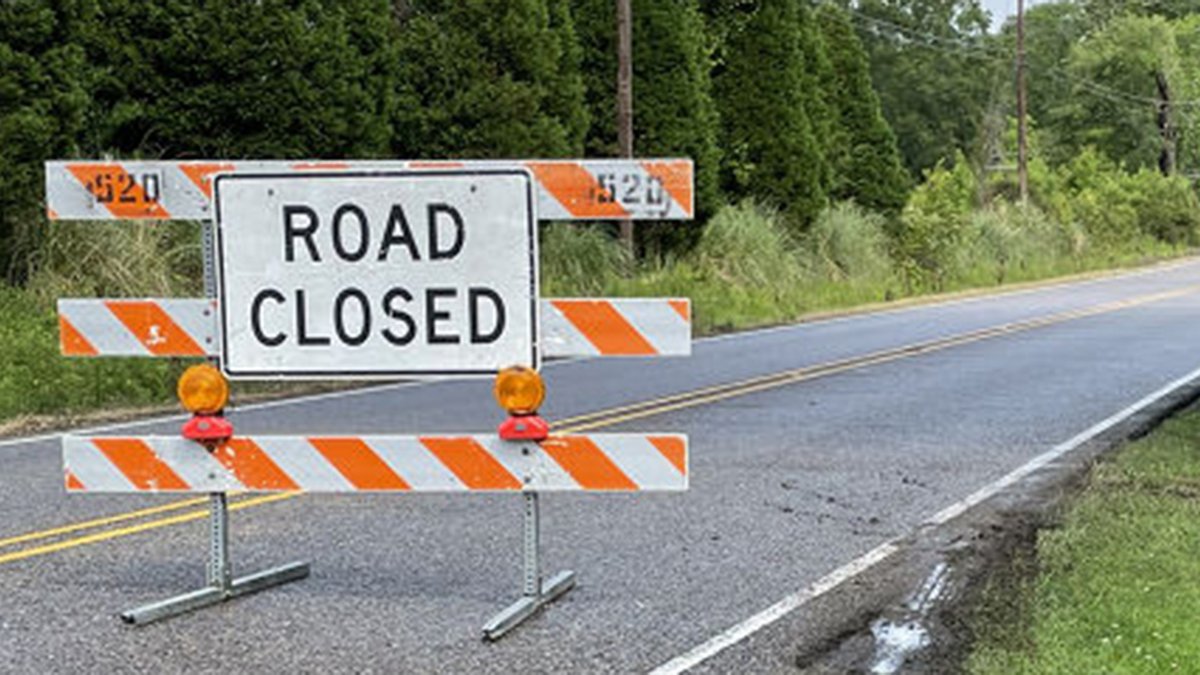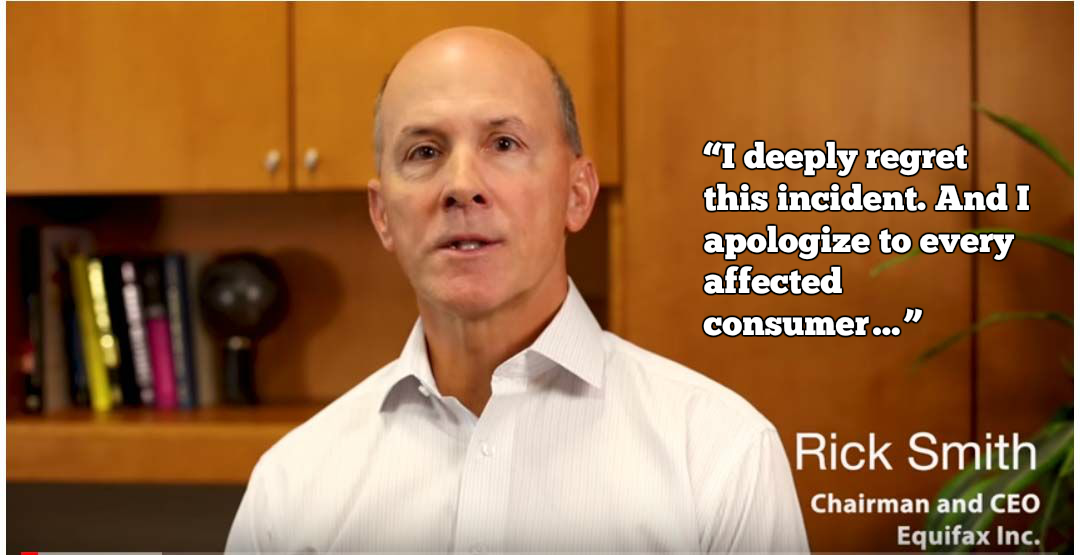For PR specialists, few things are more exciting than landing that media interview. Every journalist interview, whether it’s a top business pub or a targeted trade outlet, is a win. But an interview isn’t a story until it’s posted.
To expedite the process and ensure a positive outcome, it’s standard practice among PR teams to prep executives with a briefing document highlighting details about the interviewer, the nature of the conversation, possible questions, and recent pieces by the journalist in question.
But things do not always go as planned. What happens when something goes off track? How can PR specialists handle tricky situations that threaten a great story?
Someone is a no-show
This is a rare occurrence, but it happens. Is there a worse feeling than sitting on a conference line or Zoom call waiting for someone to show up? If after a few minutes you are still getting radio silence, end the call and work on rescheduling. If the journalist is working under a tight deadline, offer a written statement to be included in their piece. If the piece is not as timely, reschedule for a time that works for everyone. Being stood up by a journalist is embarrassing, and it can even make the PR rep look bad, which is why meticulous confirmation in writing is always necessary. However, it can be rescheduled. If the corporate spokesperson is a no-show, however, that will require real damage control absent an emergency situation. Always make sure your spokesperson is fully available and prepared.
Spokesperson isn’t a good fit
Often a CEO or founder will be in demand as a media spokesperson, especially at high-growth technology companies. Realistically, however, a spokesperson matrix may be needed. A new product launch interview needs a senior product specialist, a change in strategic direction a C-level executive, a technology exploration a chief engineer, and so on. It’s important to match the right interview opportunity with the correct and appropriate spokesperson.
Media prep didn’t stick
Formal media training can be helpful for executive spokespersons who are new to giving press interviews or who need a quick prep for a new announcement or tricky situation. It typically covers anticipated questions, ways to stay on-topic, and on-camera tips for remaining calm and engaging. But sometimes it doesn’t stick. General shyness, language barriers, or lack of experience can pose obstacles to a productive interview. In that case, it helps to conduct interview over email. A written Q&A can allow the time and care to manage responses and ensure there will be no misunderstanding.
A spokesperson makes a mistake
Occasionally a corporate spokesperson inadvertently offers inaccurate information. In that situation it’s important to correct the mistake as soon as possible, even if it’s after publication. What’s trickier is if a spokesperson lets a confidential piece of information slip out. If someone mistakenly reveals a confidential launch, future merger plan, or other piece of proprietary information, there is no guarantee that it won’t be in the story. It’s generally best to play it cool, and, in the case of truly significant news, try to negotiate a deal with the journalist in question so that he will get first crack at the story once it becomes public.
Interview is deadly dull
PR specialists cannot always predict how a spokesperson and journalist will interact. Some spokespeople have charismatic personalities and can talk to anyone in an engaging way while others may need a bit more prep. If you don’t have a naturally engaging spokesperson, or if he rambles into irrelevant or technical topics or is long-winded, the interview can be dull. In that case it’s appropriate for the PR person staffing the interview to gently redirect the conversation to focus on the most cogent and relevant points.
Journalist seems unprepared
I’ve hosted media interviews more than once where the journalist has said, ‘Remind me what we’re talking about again?’ It happens more often than you think. Media are often crunched for time, with multiple interviews in a single day, and they may need a reminder on how to start the conversation. For journalists new to the space, this may actually be an opportunity to educate them on your industry or issue and allow you to tell the story the way you want. The short-term goal of every interaction is to get a good story, but an equally important longer-term one is to help the journalist keep you on file as a good source for future pieces.




